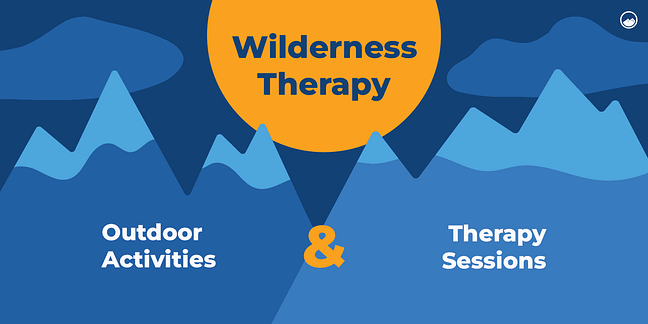When most people think of therapy, they imagine a quiet office, a couch, and deep conversations. But for many teens, the idea of sitting in a room talking about feelings can feel intimidating or even boring. That’s where outdoor therapy comes in—an alternative approach that swaps four walls for open skies, fresh air, and movement.
A New Way to Heal
Outdoor therapy isn’t just about talking; it’s about experiencing. Instead of sitting face-to-face with a therapist in a confined space, teens in outdoor therapy might be hiking, kayaking, rock climbing, or even just walking in a park. This setting creates a more relaxed atmosphere, allowing emotions to flow naturally.
Why Teens Connect with Outdoor Therapy
For many teens, traditional therapy can feel unnatural or even overwhelming. But in outdoor therapy, they often feel more at ease, as if they’re just on an adventure rather than in a formal session. Here’s why:
- It Feels Less Like Therapy – Being in nature makes therapy feel more like a casual conversation rather than a structured session. Without the pressure of direct eye contact, many teens find it easier to open up.
- Movement Helps with Expression – Activities like hiking or climbing help break down emotional barriers. Physical activity releases endorphins, which naturally boost mood and reduce stress.
- Nature is a Safe Space – Being surrounded by trees, rivers, and open landscapes provides a calming effect, making it easier to talk about tough emotions without feeling trapped.
- A Sense of Accomplishment – Overcoming physical challenges, like reaching the top of a trail, mirrors overcoming mental health struggles. Teens often leave feeling stronger and more capable.
Real Stories, Real Feelings
Many teens who have tried outdoor therapy say they didn’t even realize they were “in therapy” at first. One teen shared, “At first, I thought we were just going on hikes. But then I started talking about things I never would have in a regular session. It just felt natural.”
Another said, “I usually hate talking about my feelings, but while rock climbing, I found myself opening up about my fears and struggles without even thinking about it.”
Does It Really Work?
Studies show that outdoor therapy can be just as effective—if not more so—than traditional therapy for many teens. The combination of nature, movement, and guided conversations helps reduce anxiety, depression, and stress while building confidence and resilience.
Final Thoughts
Therapy doesn’t have to mean sitting in an office and talking about your problems. For many teens, outdoor therapy provides a refreshing and powerful way to heal. It’s therapy that doesn’t feel like therapy—and that’s what makes it work.
So if you or someone you know struggles with traditional therapy, maybe it’s time to step outside and see how nature can help heal the mind and soul.






